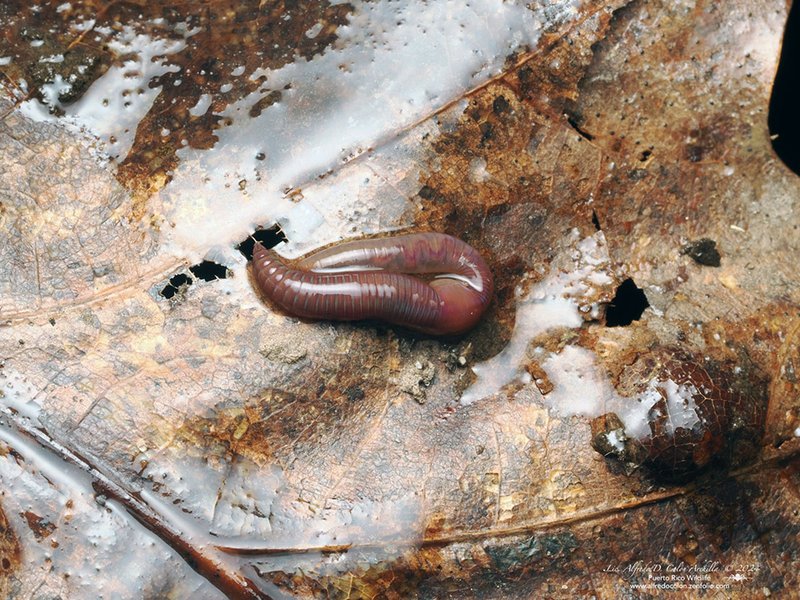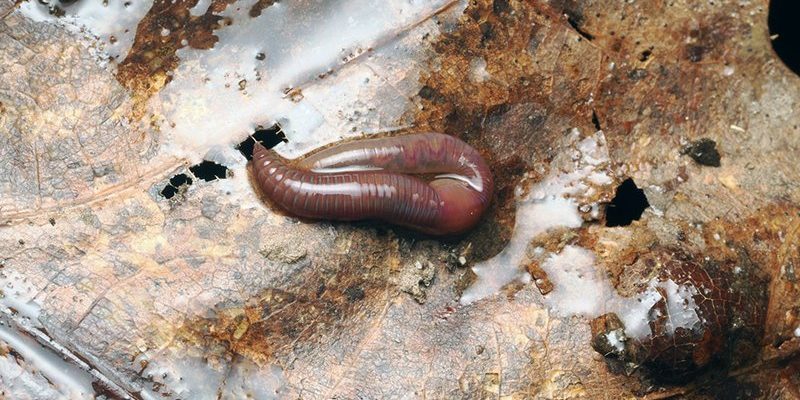
Think of earthworms as nature’s little gardeners. They aerate the soil, help decompose organic matter, and improve soil structure. But, just like us, these worms have different behaviors and patterns throughout the year. During colder months, they might hibernate or slow down, while warmer months see them busy as ever. By observing earthworm activity across seasons, we can learn a lot about our environment and how to care for it.
Whether you’re a gardening enthusiast or just curious about nature, understanding earthworm activity can help you appreciate these little creatures and their role in the ecosystem. Let’s explore how and why earthworm activity varies with the seasons.
Spring: Awakening from Winter Slumber
As winter begins to fade and spring arrives, the environment warms up, and earthworms start to wake up. During the cold months, they typically burrow deeper into the soil to escape freezing temperatures. They might seem inactive, but they’re not just sitting around—they’re in a state of dormancy.
Once the ground starts to thaw, earthworms come back to the surface, ready to get busy. The warming temperatures signal them to emerge, and with the melting snow and spring rains, the soil becomes moist and inviting. Earthworms will begin to feed on decaying leaves and organic matter, breaking it down and enriching the soil.
You might even notice them popping up after a good rain, casting their little tunnels and leaving behind nutrient-rich castings. It’s like a natural fertilizer! This is the perfect time for gardeners to welcome worms into their soil, as their activity helps promote plant growth and healthy ecosystems.
Summer: Busy Builders of the Soil
Summer is prime time for earthworm activity. With warm temperatures and ample moisture, these wriggly creatures are in full swing. They become incredibly active as they continue to break down organic material, which leads to rich compost in the soil.
During this season, earthworms reproduce, creating more little worms to help in the garden. You might be wondering about the conditions that favor their activity. Earthworms thrive in moist conditions; too much heat or dryness can drive them deeper into the soil. So, gardeners should keep an eye on moisture levels to ensure their worm friends stay active.
It’s also during summer that you might spot earthworms while digging in the garden or turning the compost pile. Their tunnels aerate the soil and improve drainage, which is critical for plant roots. Think of it as nature’s way of turning soil into a sponge that can hold nutrients and moisture.
Autumn: Preparing for the Chill
As the days grow shorter and cooler, earthworms begin to prepare for the coming winter months. In autumn, you’ll still see them active, but their behaviors start to change. They begin to feed on fallen leaves and organic matter, making the most of the last abundant resources before winter sets in.
During this time, earthworms also seek to burrow deeper into the soil. This helps them escape the harsher surface temperatures and find a stable environment. As they prepare for dormancy, they may slow down their activities and get into a more energy-efficient mode. Think of it as their way of stocking up for the long winter ahead.
For gardeners, this is an excellent time to add compost or mulch to the garden. This not only benefits the earthworms, providing them with food as they prepare for winter, but it also protects plant roots from the cold.
Winter: Dormancy and Survival
When the cold grasp of winter takes hold, earthworms retreat deeper into the soil. They enter a state of dormancy, slowing their metabolism significantly. This doesn’t mean they’re gone; they’re just waiting it out until the warmth returns.
In the layers of soil below the frost line, earthworms remain protected from freezing temperatures. They rely on the moisture found in the soil to survive. It’s a bit like hibernation for them, as they conserve energy until spring arrives. However, if the temperature drops too low and the soil freezes deeply, they can be at risk.
Gardeners might be less aware of earthworm activity in winter, but understanding this phase is crucial. Even when they’re not visibly active, these worms play a role by maintaining soil structure and keeping nutrients in place. So, while earthworms seem to disappear in winter, they’re actually preparing for their energetic return in spring.
The Role of Earthworms in Ecosystems
Earthworms are often dubbed “nature’s plow” because of their incredible ability to aerate and improve soil health. Their activity across the seasons significantly impacts the overall ecosystem. The rich castings they leave behind after digesting organic material serve as natural fertilizers, enhancing soil fertility.
The activities of earthworms not only benefit the garden but also support other wildlife. Birds and other predators rely on these worms as a food source. Plus, healthy soil nurtures plants, which in turn provide habitats and food for countless organisms. It’s an interconnected web of life!
If you’re nurturing your garden, consider the role of earthworms. Creating habitats and conditions that favor their presence—like adding compost, maintaining moisture, and avoiding chemical fertilizers—will lead to a healthier garden.
How to Encourage Earthworm Activity
If you’re a gardener looking to promote earthworm activity, there are several simple steps you can take. Here’s a quick guide:
- Add Organic Matter: Compost, leaf litter, and decayed plant material are excellent food sources.
- Moisten the Soil: Keep soil damp but not soggy to create an inviting environment.
- Avoid Chemicals: Pesticides and chemical fertilizers can harm earthworms and disrupt their habitat.
- Follow Crop Rotation: Varying the types of plants grown can maintain soil health and encourage worm activity.
By making these changes, you’re not just helping earthworms; you’re enhancing the overall health of your garden.
Caring for earthworms and understanding their seasonal activity can lead to a thriving garden and a healthier ecosystem. These small creatures play a big role in the environment, and observing their habits gives us insights into the life hidden just beneath our feet.
From their spring awakening to their winter dormancy, earthworms remind us of the natural cycles that sustain life. So, the next time you dig in the garden, take a moment to appreciate these remarkable little workers. They’re not just worms; they’re essential players in the grand theater of nature, working tirelessly behind the scenes to enrich our earth.

